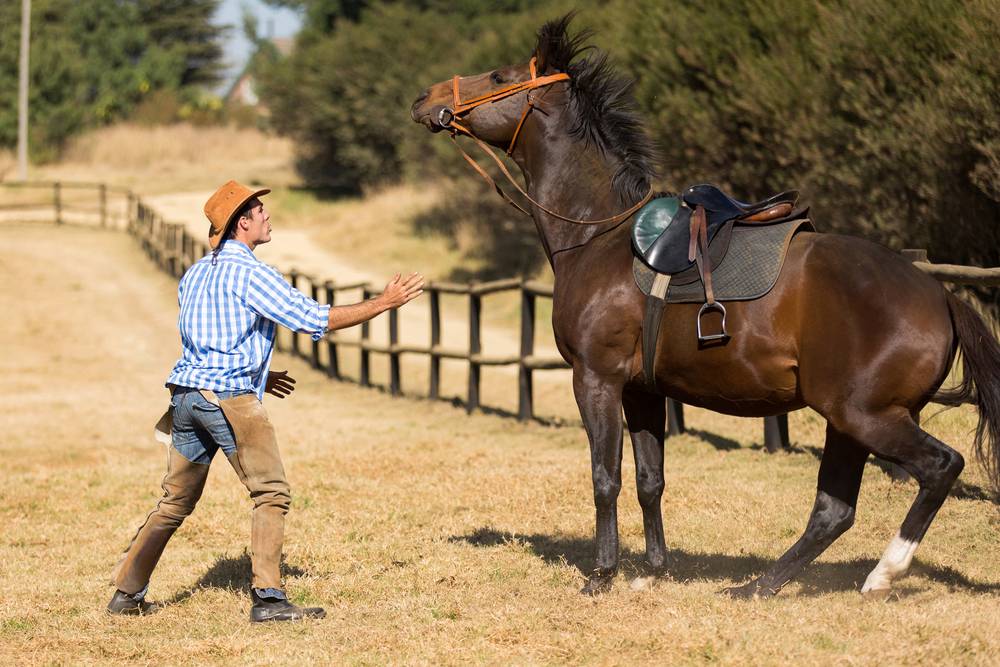
Every horse owner should be prepared for a case when their horse is spooked. When a horse is scared or startled, it may react by running away or bucking. Desensitizing and bombproofing a horse can help them overcome their fears. This way, the equines can enjoy time spent with people and other horses in a calm manner. In general, how to desensitize a horse?
Desensitization is the act of exposing a horse to an object or situation that it finds frightening until it no longer reacts in fear. It is best done gradually, starting with low-sensitivity items. Desensitization can be achieved through exercises such as ground driving, handling, riding, lunging, and long lining.
Desensitization involves teaching the horse to stay relaxed when presented with various stimuli. While the horse is a flight animal, its natural instinct is to run away if something frightens the equine. There are many different approaches and tools to properly desensitize a horse that we’re going to consider. Mind that this process should always be done under the guidance of an experienced trainer.
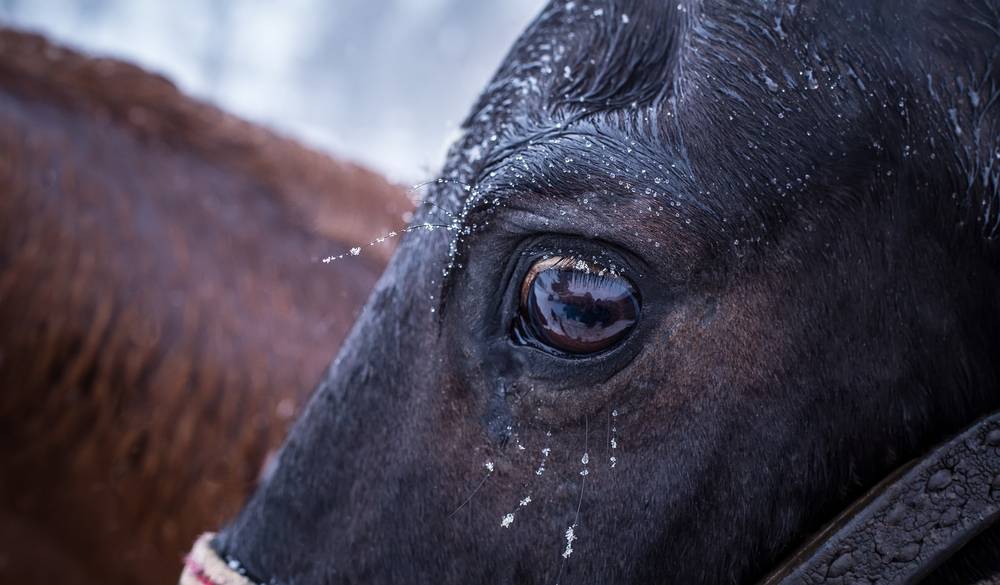
The Importance of Desensitization of a Horse
Horse desensitizing helps to ensure the safety of both the equine and the rider. A horse that is easily frightened or spooked can be dangerous to work with. As there’s a chance the animal may bolt, rear, or otherwise react unpredictably. By desensitizing a horse to different stimuli, it can help to lower the risk of accidents and injuries. A well-trained equine can control its flight instinct which makes the animal safer to mount.
Another important reason to desensitize your horse is to improve the horse’s overall performance and ability to learn. A horse that is easily frightened or stressed will have a harder time focusing and learning new tasks. By desensitizing horses to different stimuli, you can help your companion to be more relaxed and focused. This will make training and riding easier and more enjoyable for both of you.
Desensitization can also enhance the horse’s overall well-being. A stressed horse needs more time to get relaxed and sleep. This may lead to chronic health problems over time. By desensitizing the horse, you can help the equine to feel more comfortable. This will lead to better overall health and well-being.
Horse desensitization can help improve the bond between a horse and its rider. An anxious horse may have trust issues with its owner, and getting used to you may take more time. It can be difficult to establish a positive and productive relationship. By desensitizing a horse, horse owners and riders can help to establish trust and build a strong bond with the horse.

Horse Desensitizing – The Step-by-Step Guide
Desensitizing a horse is a substantial part of horse training and care. It refers to the process of gradually exposing a horse to new or potentially scary situations. This is done to help the animal become less fearful and more comfortable. Desensitizing a horse can be done using a variety of different techniques and methods. But there are some general guidelines that can be followed to ensure success.
The very first step is to identify the specific fear or sensitivity that needs to be addressed. This can be done by observing the horse’s behavior and reactions to different stimuli. Once the specific fear has been identified, develop a plan of action that addresses that specific issue.
Next, begin the desensitization process with the least intense or scary object. For example, if the horse spooks at plastic bags, start by showing the horse a plastic bag from a distance. Soon after, gradually move closer as the horse becomes more comfortable. It’s essential to work at the horse’s pace. Move with the flow with the horse’s movement. Never force the equine to confront something that it is not ready for.
The third step lies in using positive reinforcement and reward-based training methods. This means that when the horse successfully completes a desensitization task or exercise, it should be rewarded. Give it a treat, rub the horse’s body, or give praise. This will help the animal to associate the new or scary situation with positive feelings and experiences.
Another important aspect of desensitizing a horse is consistency. You should regularly expose the equine to new or scary situations. This will help the horse to become more familiar and comfortable with them over time. Additionally, your companion should be exposed to the same stimulus repeatedly and under different circumstances. This will help the horse to generalize the learned behavior.
It’s best to work with a professional trainer or instructor when desensitizing a horse. This person can help to ensure the safety of both the horse and the rider. They can provide guidance and support throughout the entire desensitizing session.
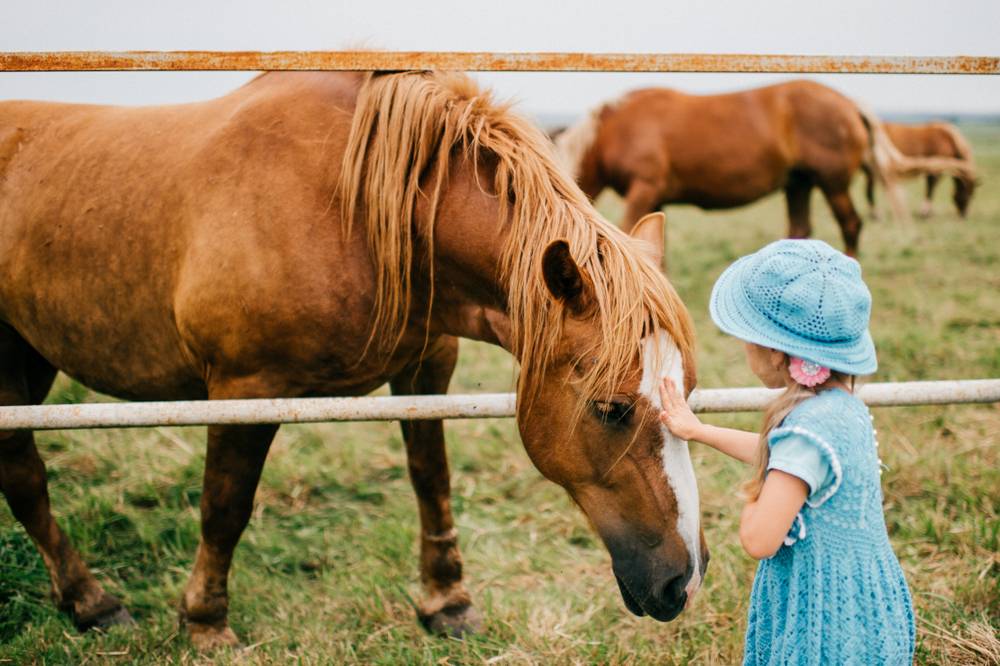
10 Horse Desensitizing Ideas
- Introduce the horse to a variety of different objects, such as a training ball, umbrella, and plastic bags. This can help the horse to become less fearful of new and unfamiliar objects.
- Expose the horse to different sounds, such as traffic noise, construction noise, and fireworks. This can help the horse to become less fearful of loud and unexpected sounds.
- Gradually introduce the horse to different surfaces, such as gravel, mud, and water. This can help the horse to become less fearful of different types of footing.
- Use obstacles, such as poles, cones, and barrels. This will desensitize your horse to different types of movement and maneuvers.
- Use a variety of different grooming tools and techniques, such as clippers, fly spray, and massage. This will help your companion become less sensitive to touch.
- Use different types of equipment, such as saddles, bridles, and martingales. This will help the horse become less sensitive to different types of pressure and contact.
- Use a variety of different riding techniques, such as jumping, dressage, and trail riding. This will help to become less sensitive to different types of movement and motion.
- Expose the horse to different animals, such as dogs, cats, and other horses. This will help the animal become less fearful of other creatures.
- Use a variety of different training techniques, such as positive reinforcement and clicker training. This will help to become less sensitive to different types of cues and commands.
- Practice desensitizing techniques in unfamiliar terrain. This will help the horse to become more accustomed to different sights.
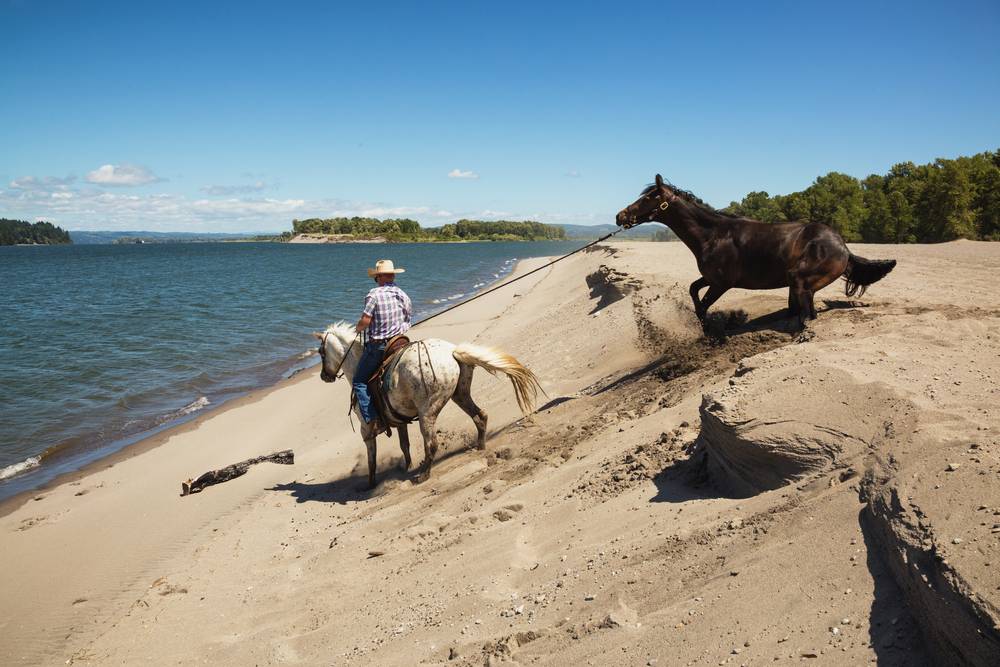
What Are the Best Horse Desensitizing Tools?
Horse desensitizing tools refer to the various objects, equipment, and techniques that can be used to help a horse become less fearful and more comfortable in new and potentially scary situations. These handy tools can be used in conjunction with traditional training methods. Desensitizing tools can be an effective way to overcome fears and sensitivities.
One common horse desensitizing tool is the use of objects. These can include tarps, umbrellas, plastic bags, or other objects that the horse may not be familiar with. You should gradually introduce new items to your horse. Get the new item closer to the horse’s shoulder till the equine stands still. This way, the animal becomes more familiar and comfortable with them over some time.
Another horse desensitizing tool is the use of obstacles. This can include poles, cones, barrels, etc. You can use any other obstacle to help the equine get used to new movements and maneuvers. These obstacles can be used in conjunction with traditional training methods, such as lunging or ground work.
Consider different surfaces like gravel, mud, water, or other types of footing. They can help to become less fearful of different types of surfaces.
Another type of desensitizing tool includes grooming tools and techniques. These can be clippers, scissors, and massage. These tools can help to desensitize the horse to touch and can be used in conjunction with traditional grooming methods.
A fifth horse desensitizing tool is the use of different equipment, such as saddles, bridles, and other types of contact. This way, you can help your companion to get used to new types of pressure.
Consider various riding techniques, such as hunting, dressage, and pleasure riding. This method is extremely important when preparing your equine for further competitions.
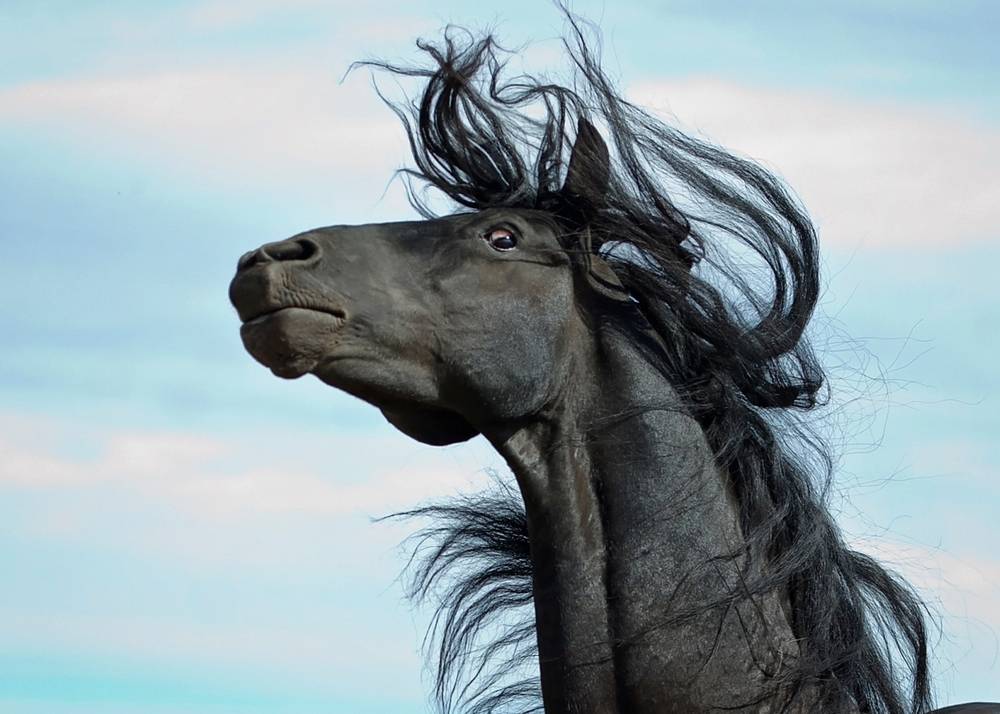
How to Bombproof a Spooky Horse
Bombproofing a spooky horse refers to making a horse less fearful in the face of loud noises, sudden movements, and other potentially scary situations. This process can be achieved through a combination of desensitization techniques and positive reinforcement training methods.
Here are some tips to help you bombproof a spooky horse:
- Observe the horse’s behavior and reactions to different stimuli. Consult with the horse’s owner to identify the specific fears and sensitivities that need to be addressed.
- Introduce the equine to the least intense or offending object. This could be a loud noise played at a low volume or a flag flapping in the wind from a distance. Gradually increase the intensity of the particular object as the horse becomes more convenient.
- Treat your companion for calm behavior and successful completion of desensitization tasks. This will help the horse to associate the new or scary situation with positive emotions.
- Regularly convince the horse to the same stimuli but under different circumstances. This will help the animal to generalize the learned behavior.
- As the horse becomes comfortable with the less intense stimuli, gradually switch to more intense stimuli. This could be fireworks, gunfire, or construction work.
- Reward the horse for remaining calm and composed, even in the face of loud noises or sudden moves. This will help the equine develop confidence and trust in you.
- Use a variety of desensitizing tools mentioned earlier. This way, the horse becomes less fearful of new and unfamiliar things.
- Work with a professional horse trainer who can ensure the safety of both the horse and the rider. This desensitizing process should not be done by a beginner horse owner.
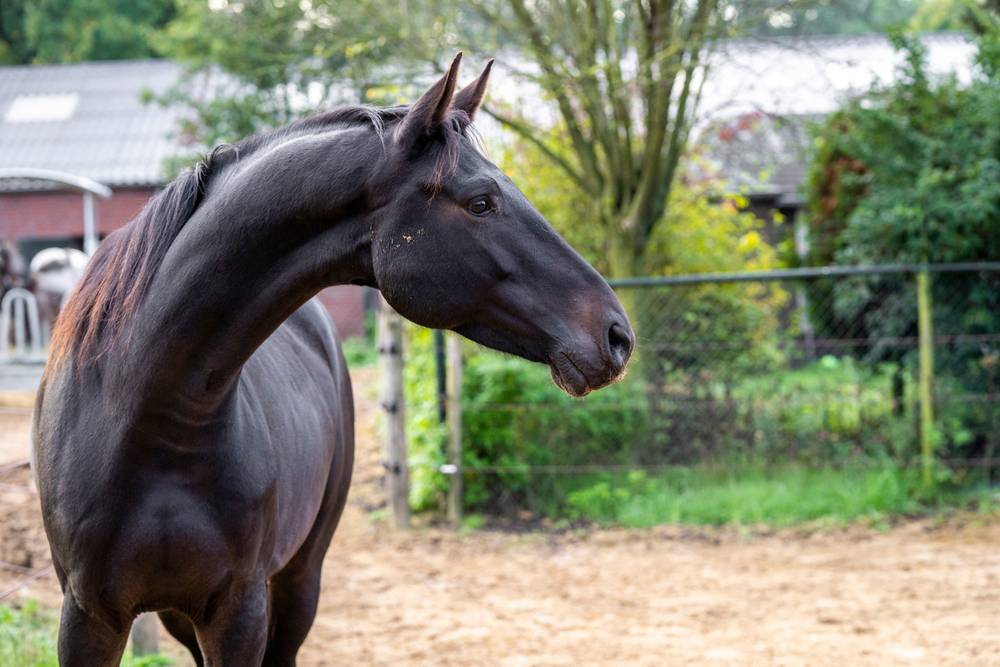
Frequently Asked Questions
What Is Bombproofing a Horse?
The term “bombproofing a horse” refers to the process of making a horse more confident in the face of potentially scary situations. The term originates from the military use of horses, where horses were trained to remain calm and composed in the face of gunfire, explosions, and other loud noises that they might encounter in battle.
What to Do if My Horse Scared of Plastic Bags?
You can try a method of Desensitization and Counter-conditioning (DSCC). This involves introducing the horse to something they find frightening in a controlled and gradual manner. Do it while pairing it with something desirable, like food rewards. As the horse learns that the object is not dangerous, they start associating it with positive reinforcement instead of fear.
What Horse Breeds Are Easy to Spook?
Smaller horse breeds like Thoroughbreds, Arabians, and Quarter Horses are prone to be easily spooky. Unlike warmbloods and draft horses that tend to be extremely calm.
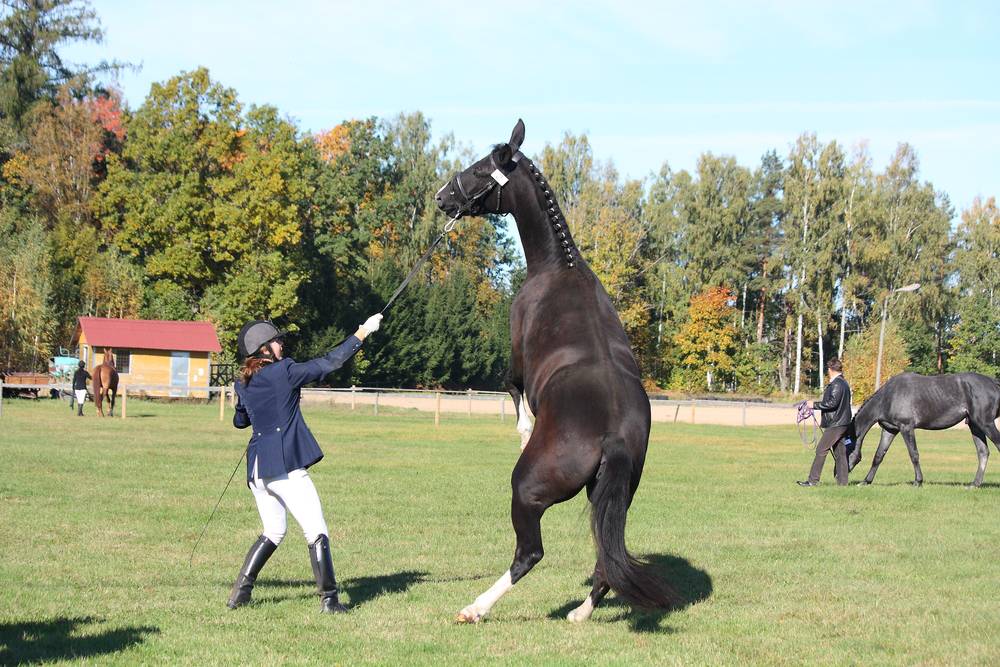
Bombproof Horse Guide Explained
Desensitization is a crucial aspect of horse training and care. It helps to improve the safety of both the horse and the rider. Desensitizing training improves the horse’s performance and ability to learn. It helps to establish trust between horses and riders. Use this ultimate horse bombproof training guide to get the hang of the common methods and tools.
